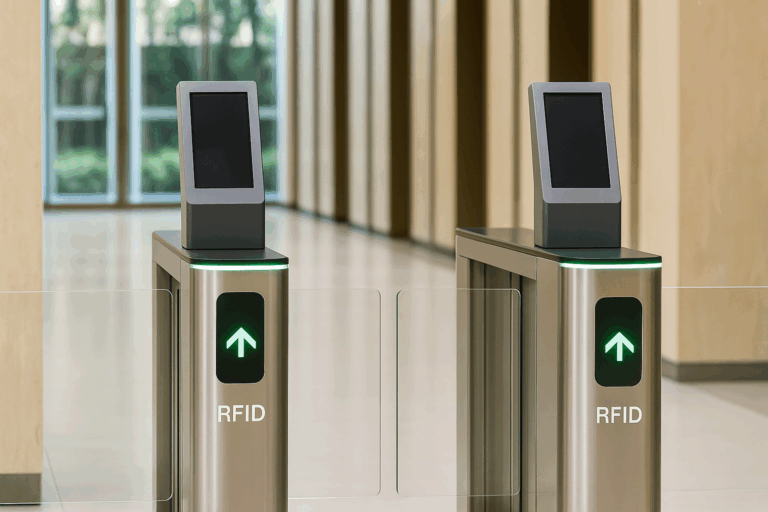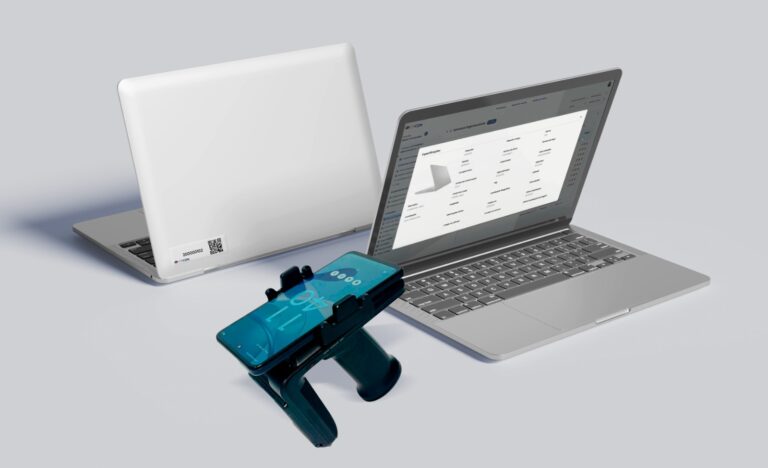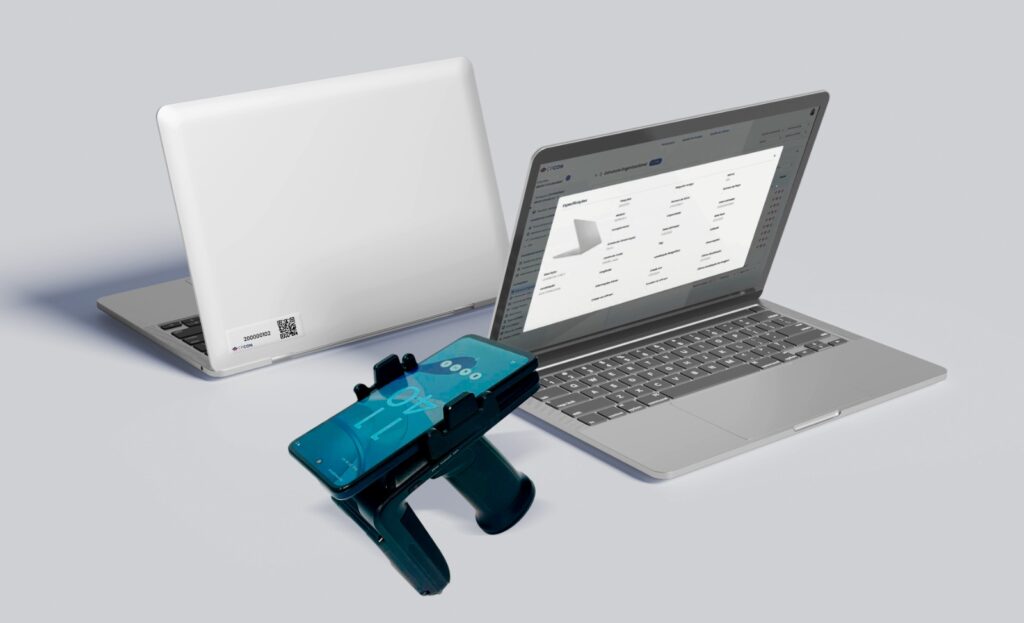Revenue recognition methods define when and how a company records its revenue — a decision that can shape investor trust, compliance, and financial performance. Choosing the right revenue recognition method is not only a technical accounting task; it is a strategic decision that directly impacts cash flow visibility, profitability metrics, and long-term planning.
Under IFRS 15 and ASC 606, businesses must follow strict guidelines to match revenue with performance obligations, ensure collectability, and present financial results transparently. This article explains the core principles, main methods, and best practices that help companies maintain accurate reporting, meet regulatory requirements, and strengthen credibility with stakeholders.

Table of Contents
ToggleWhat Is Revenue Recognition and Why It Matters for Accurate Financial Reporting
Revenue recognition is the accounting principle that determines the specific conditions under which revenue is recorded in a company’s financial statements. Far from being a mere bookkeeping step, it is a decisive factor in how investors, regulators, and stakeholders perceive a business’s performance and stability.
Under IFRS 15 and ASC 606, revenue should be recognized when three key conditions are met: the company has satisfied its performance obligations, control of goods or services has transferred to the customer, and payment is either received or reasonably assured. This ensures that financial statements present a true and fair view of operations — not inflated by premature recognition or distorted by delays.
Accurate revenue recognition is critical for:
- Compliance – Meeting international standards like IFRS and GAAP.
- Transparency – Providing stakeholders with reliable and comparable data.
- Decision-making – Enabling executives to plan based on trustworthy financial indicators.
By applying the right method, companies can align revenue reporting with operational reality, safeguard investor confidence, and maintain credibility in the market. For organizations operating in multiple jurisdictions, mastering this process is even more essential, as differences in accounting standards can directly affect tax planning, profitability analysis, and strategic investments.
Core Principles of Revenue Recognition: Matching, Realization, and Control
Behind every revenue recognition method, there are foundational accounting principles that ensure consistency, accuracy, and compliance in financial reporting. These principles guide when and how revenue is recorded, protecting the integrity of financial statements and fostering trust among stakeholders.
1. Matching Principle
Revenue must be aligned with the expenses incurred to generate it, within the same accounting period. This alignment gives a clear picture of operational profitability and prevents misleading results — for example, showing high revenue in one quarter while related costs appear in another.
2. Realization Principle
Revenue should be recognized only when it is earned and collectible. This means that even if payment is not yet received, it can be recorded when there is reasonable certainty that the customer will fulfill the obligation. This principle prevents both premature and speculative recognition.
3. Control Principle
Revenue is recognized when the customer gains control of goods or services — the moment they can direct their use and benefit from them. Depending on the agreement, this transfer of control may occur at a specific point in time (e.g., delivery of a product) or gradually over the contract’s duration (e.g., ongoing service provision).
Main Revenue Recognition Methods and When to Apply Each One
Selecting the right revenue recognition method is not just a compliance requirement — it shapes how stakeholders interpret your company’s performance. Below are the five most widely used methods, each with distinct criteria, advantages, and limitations.
1. Sales-Basis Method
How it works:
Revenue is recorded at the point of sale, when goods or services are delivered and control transfers to the customer.
When to use:
Common in retail, e-commerce, and other industries where transactions are completed in a single moment.
Advantages:
- Simple to apply and easy to audit.
- Immediate reflection of completed sales.
Limitations:
- Not suitable for long-term contracts or projects with staged delivery.
2. Completed Contract Method
How it works:
Revenue and expenses are recognized only when the entire project or contract is completed.
When to use:
Long-term projects where progress can’t be reliably measured or where outcomes are uncertain until completion — e.g., certain construction or manufacturing contracts.
Advantages:
- Conservative approach that avoids premature recognition.
- Matches revenue and costs precisely at completion.
Limitations:
- Delays revenue recognition, which can distort interim financial results.
3. Percentage-of-Completion Method
How it works:
Revenue is recognized proportionally to the progress of the project, often measured by costs incurred or milestones achieved.
When to use:
Contracts where performance obligations are fulfilled over time and progress can be measured reliably, such as infrastructure or software implementation projects.
Advantages:
- Smooth revenue reporting over the project’s life.
- Aligns costs and revenues in each period.
Limitations:
- Requires accurate and consistent measurement systems.
4. Installment Method
How it works:
Revenue is recognized as customer payments are received, rather than at the time of sale.
When to use:
High-value transactions with extended payment terms, such as real estate or specialized equipment sales.
Advantages:
- Matches revenue to actual cash inflows.
- Reduces risk in cases of uncertain collectability.
Limitations:
- May delay recognition even when obligations are fulfilled.
5. Cost Recovery Method
How it works:
No revenue is recognized until all costs related to the sale are fully recovered; revenue after that point is recognized as profit.
When to use:
Situations with high uncertainty around collectability or project costs, such as speculative developments or certain international sales.
Advantages:
- Extremely conservative, avoiding overstatement of profits.
- Useful when risk of non-payment is high.
Limitations:
- Delays profit recognition, which may understate performance in early stages.

How to Choose the Most Effective Revenue Recognition Method for Your Business
The right revenue recognition method depends on the nature of your contracts, the predictability of outcomes, and your compliance requirements. A structured evaluation prevents misstatements and ensures that reported results reflect your company’s actual performance.
1. Understand the Nature of the Contract
Identify whether you are delivering a single product or service, or a bundle of multiple elements with distinct performance obligations.
- Single deliverable: Simpler methods like the sales-basis approach may apply.
- Multiple deliverables: More complex methods, such as percentage-of-completion, may be required to allocate revenue accurately.
2. Define Performance Obligations Clearly
Establish when control of goods or services passes to the customer.
- Over time: Consider methods that recognize revenue progressively.
- At a specific point in time: Methods like the completed contract or sales-basis may be more appropriate.
3. Assess Measurability of Progress and Costs
If you can reliably measure project progress through milestones, costs, or time invested, you may use percentage-of-completion. If not, more conservative methods like cost recovery reduce the risk of premature recognition.
4. Evaluate Collectability of Receivables
For transactions with extended payment terms or high uncertainty in payment, installment or cost recovery methods protect against overstating profits.
How Revenue Recognition Affects Financial Statements and Performance Metrics
The timing and method of revenue recognition directly influence how financial performance is perceived — both internally by management and externally by investors, regulators, and partners.
1. Impact on Reported Profitability
Recognizing revenue too early can artificially inflate earnings, while delays can understate actual performance. Both scenarios can mislead decision-makers and affect strategic planning.
2. Effect on Key Performance Indicators (KPIs)
Metrics such as gross margin, EBITDA, and return on assets are sensitive to revenue timing. Consistent application of the chosen method ensures these indicators remain accurate and comparable over time.
3. Alignment with the Matching Principle
Recording revenue and related expenses in the same period provides a realistic view of operational efficiency. This alignment supports informed budgeting and resource allocation.
4. Transparency and Investor Confidence
Clear, consistent revenue reporting builds trust with shareholders and lenders. Conversely, inconsistent recognition practices can raise red flags during audits or due diligence processes.
5. Disclosure Requirements
IFRS and GAAP require companies to disclose their revenue recognition policies and significant estimates in the notes to financial statements. This transparency helps stakeholders understand the assumptions behind reported numbers.
Best Practices for Implementing Revenue Recognition Methods with Compliance
Applying revenue recognition methods effectively requires more than selecting the right approach — it demands disciplined processes, strong governance, and constant monitoring to ensure accuracy and compliance.
1. Establish Clear and Consistent Policies
Document how each type of revenue is recognized, including timing, criteria, and applicable accounting standards. Review these policies annually to reflect changes in regulations or business models.
2. Strengthen Internal Controls
Implement checks and balances to validate data accuracy before it reaches the financial statements. This includes segregation of duties, transaction approvals, and automated reconciliation tools.
3. Train Finance and Operational Teams
Ensure all stakeholders — from sales to accounting — understand how revenue recognition works and their role in maintaining compliance.
4. Monitor Key Contracts Continuously
Track performance obligations, payment schedules, and any changes in scope that might affect recognition timing.
5. Conduct Regular Compliance Reviews
Schedule periodic audits or independent reviews to confirm that the chosen method is applied consistently and aligns with IFRS or GAAP requirements.
CPCON’s Strategic Support in Achieving Revenue Recognition Accuracy and Compliance
At CPCON, we understand that revenue recognition is more than an accounting procedure — it is a strategic driver of business credibility, regulatory compliance, and investor trust.
Our approach combines:
- Specialized advisory to interpret IFRS, GAAP, and industry-specific requirements.
- Process mapping to align revenue recognition with contract structures and performance obligations.
- Advanced technology, including integrated ERP and data automation, to ensure real-time accuracy and audit readiness.
- Continuous compliance monitoring to adapt to regulatory changes and evolving business models.
Conclusion
Choosing and applying the right revenue recognition method is essential for delivering financial statements that are accurate, transparent, and compliant with global accounting standards. Beyond meeting IFRS or GAAP requirements, consistent revenue recognition builds investor trust, supports informed decision-making, and safeguards your company’s reputation.
With the right expertise and technology in place, businesses can turn revenue recognition from a compliance obligation into a competitive advantage — one that reinforces credibility, optimizes performance metrics, and creates a solid foundation for sustainable growth.
Ensure your revenue recognition practices are accurate, compliant, and aligned with your business strategy.
Contact the experts at CPCON to implement the right method and strengthen your financial reporting.
FAQ
1. What are the main revenue recognition methods under IFRS and GAAP?
The most common are sales-basis, completed contract, percentage-of-completion, installment, and cost recovery, each with specific applications and criteria.
2. How do I know which revenue recognition method to use?
Evaluate the nature of your contracts, performance obligations, measurability of progress, and collectability of payments to select the most appropriate method.
3. Can a company change its revenue recognition method?
Yes, but it requires a formal accounting change process, disclosures in financial statements, and often retrospective adjustments.
4. How does revenue recognition affect profitability?
It influences when revenue appears on the income statement, which impacts profitability, KPIs, and investor perception.
5. Why is compliance critical in revenue recognition?
Non-compliance can lead to financial restatements, penalties, and loss of investor confidence, in addition to potential regulatory scrutiny.
Get to Know CPCON Group: A global expert in asset management and inventory solutions
CPCON Group is a global leader in asset management, fixed asset control, and RFID technology. With over 25 years of experience, we have supported major companies such as Nestlé, Pfizer, Scania, BASF, Coca-Cola Andina, Vale, Vivo, Petrobras, and Caixa in high-complexity projects.
Curious about our global footprint? We are present in:
- North America: Toronto, New York, Miami, Minneapolis, Seattle, Dallas
- Latin America: São Paulo, Buenos Aires, Lima, Bogotá, Mexico City
- Europe: Lisbon, Porto, London, Birmingham, Milan, Rome, Turin, Madrid, Bilbao
- Middle East: Dubai, Saudi Arabi
- Caribbean: Tortola, Grand Cayman
Follow our LinkedIn Showcase Page and stay updated with strategic content on asset control, inventory management, and RFID innovation across industries.
This article explains the core principles and main types of revenue recognition methods under IFRS and GAAP, including sales-basis, completed contract, percentage-of-completion, installment, and cost recovery. It covers how to choose the right method based on contract type, performance obligations, measurability, and collectability. The guide also explores the impact on financial statements, best implementation practices, and how CPCON supports organizations in achieving accurate, compliant, and transparent revenue recognition.























